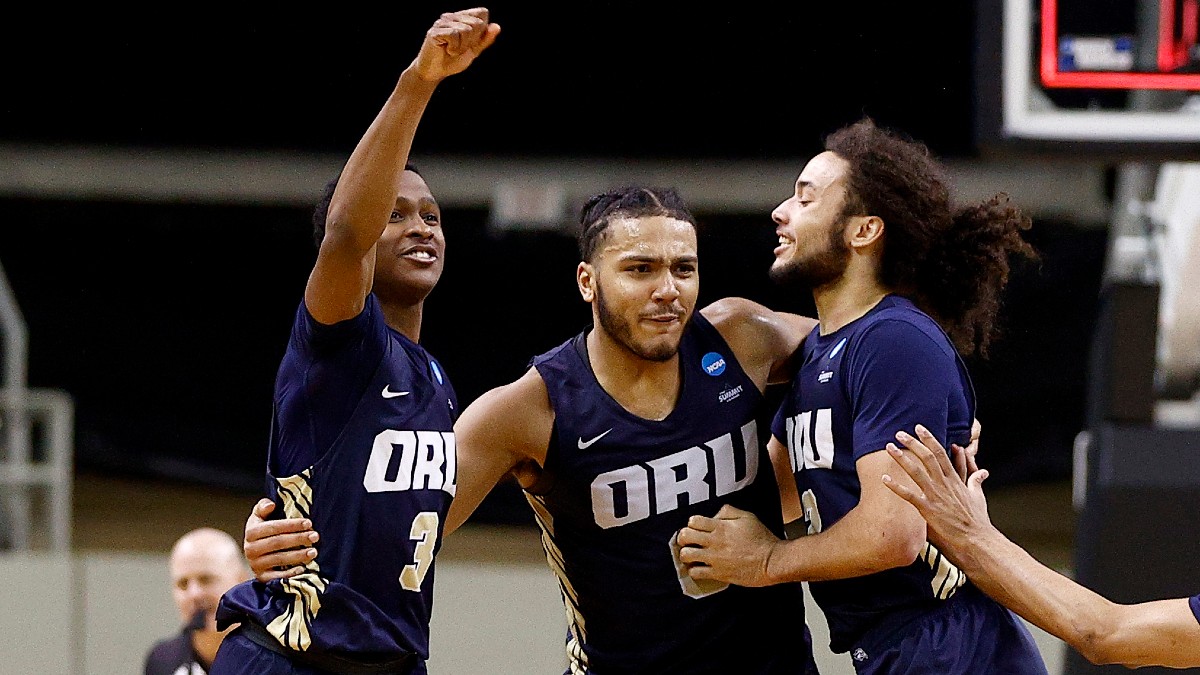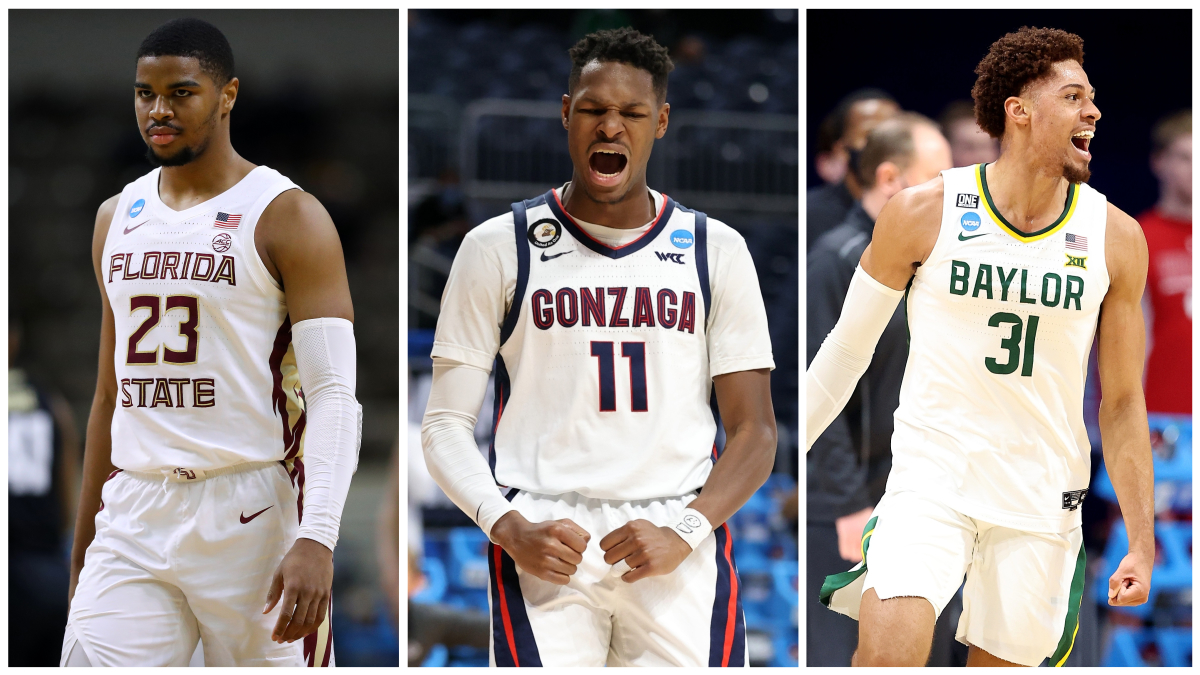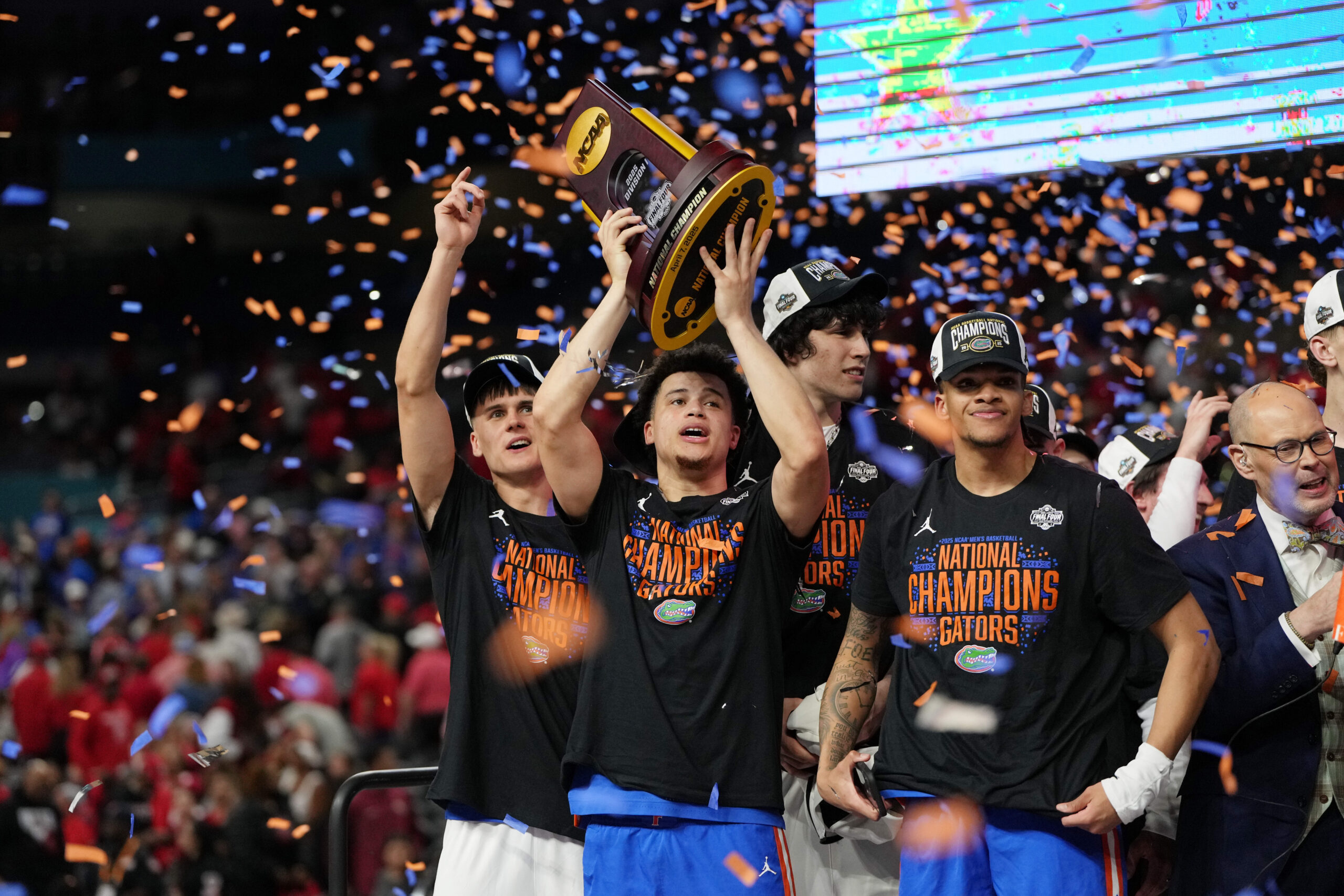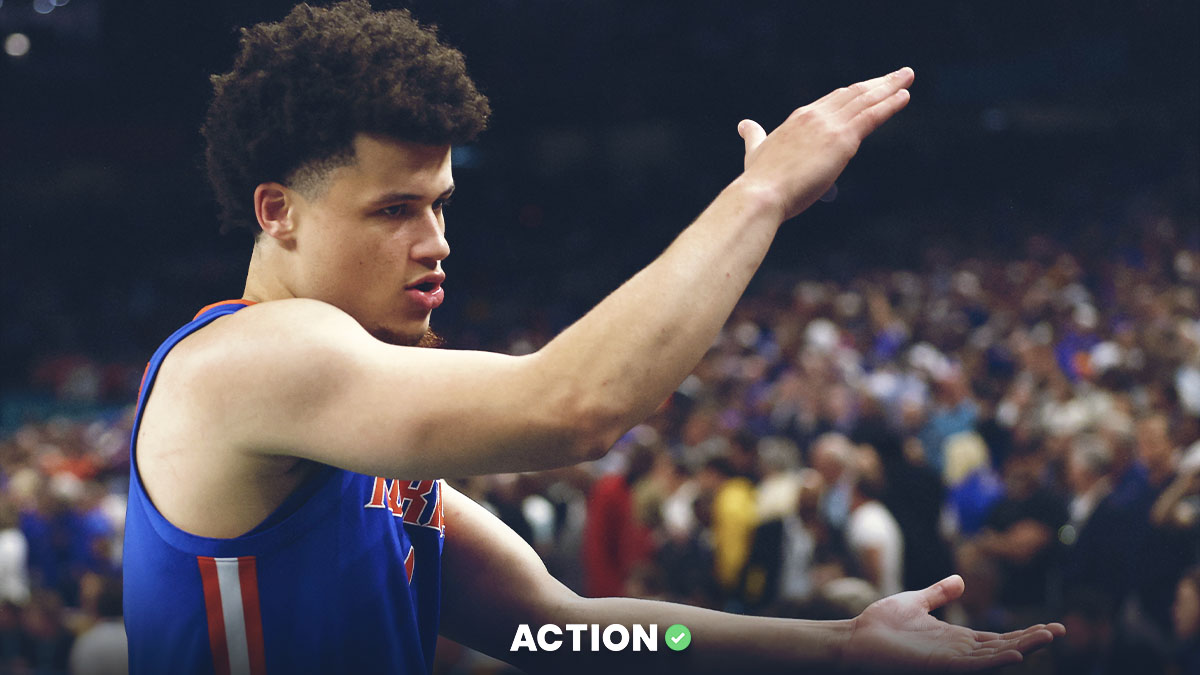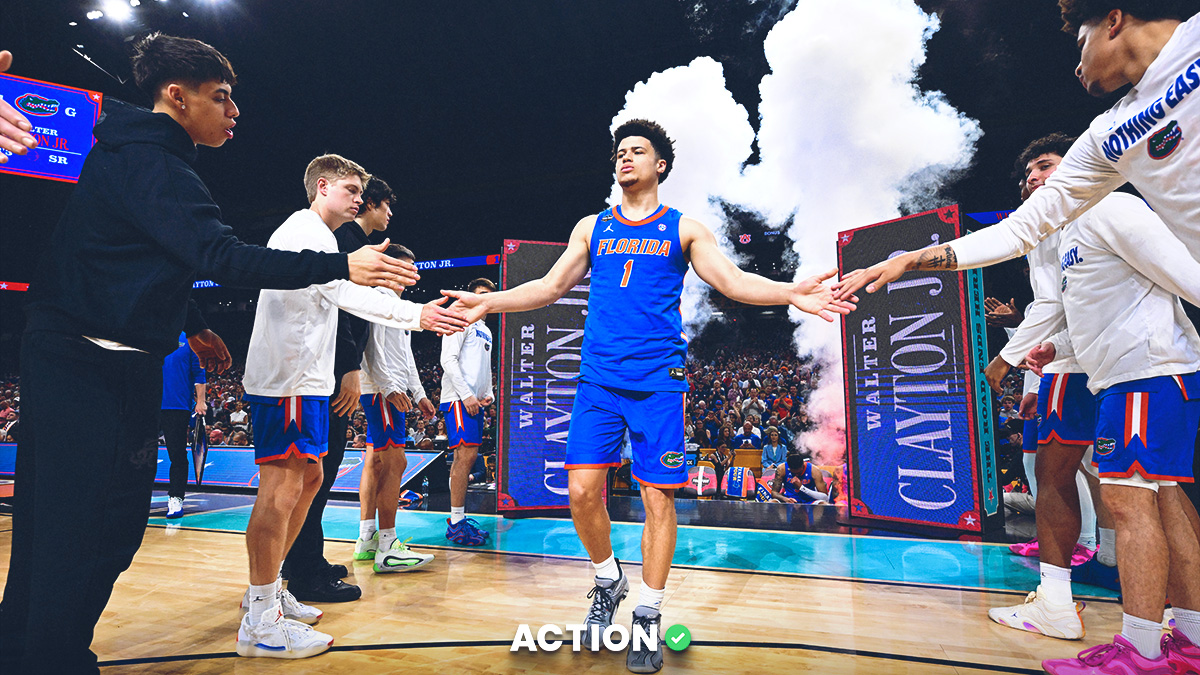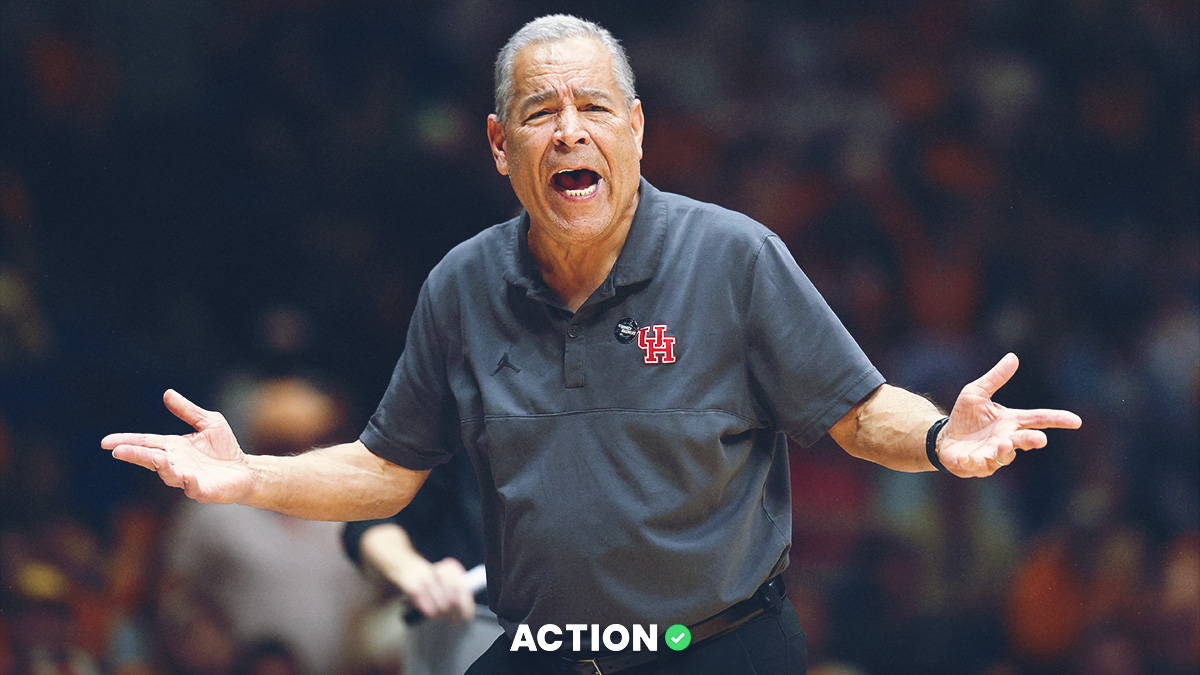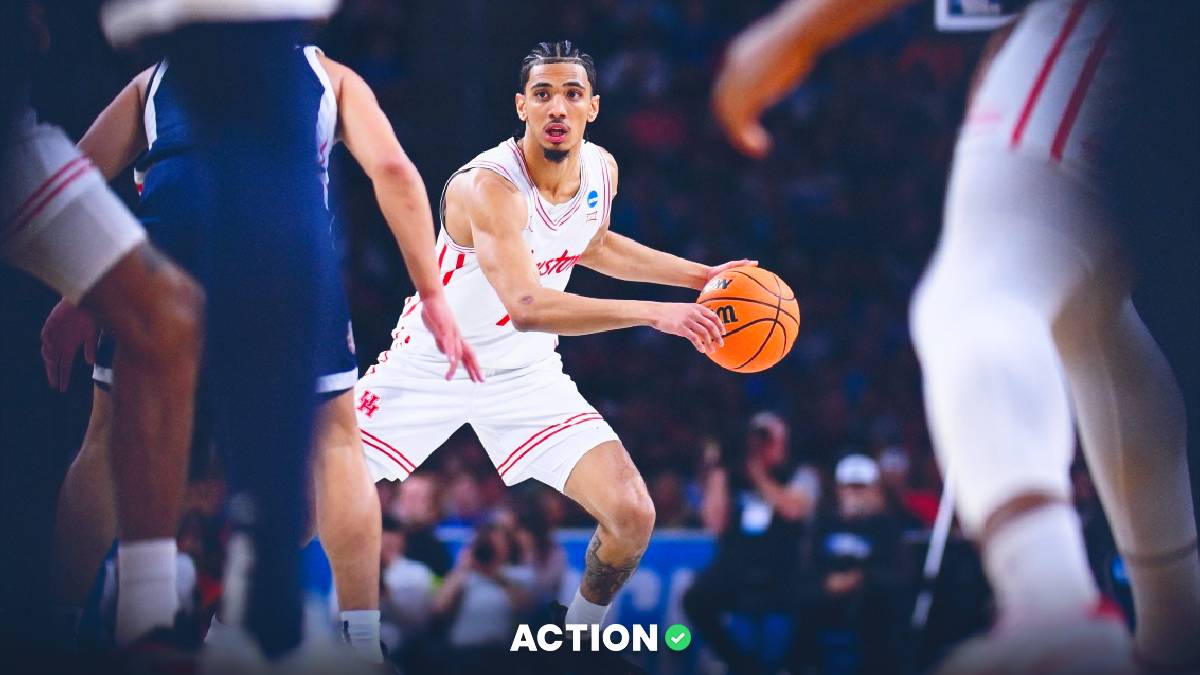March Madness is crazy every year for a variety of reasons. A single-elimination tournament is always going to include some upsets and plenty of drama.
That chaos is increased, however, by the nature of college basketball. Some percentage of the time, the better team (or the team that plays better that night) will win the game. Other times, open shots just don’t go through the rim. A team could find 50 wide-open 3s in a game. If they make half of them, they could beat any team under the sun. If they miss 40 of them, they’ll head home no matter the opponent.
As an example, the folks at ShotQuality measure college basketball success by what shots a team finds or allows, who shoots it and at what point in the shot clock, and what percentage of those shots you’d expect to go in. Their algorithm deemed that based on the shots taken in Monday’s Kansas-USC game, the two teams had an equal chance of winning the game. USC won that game by 35 points.
Sometimes the shots go down, other times they don’t. If you have a few hot nights in a row, a cold one is probably lurking. Some Cinderella runs in the past have simply been white-hot shooting weekends. That can be enough to launch a team to the Sweet 16.
I went back and looked at the four double-digit seeds that advanced to the second weekend of the tournament to see which have benefitted from hot and cold nights, which should help us determine where we might expect some regression in the next round of play.
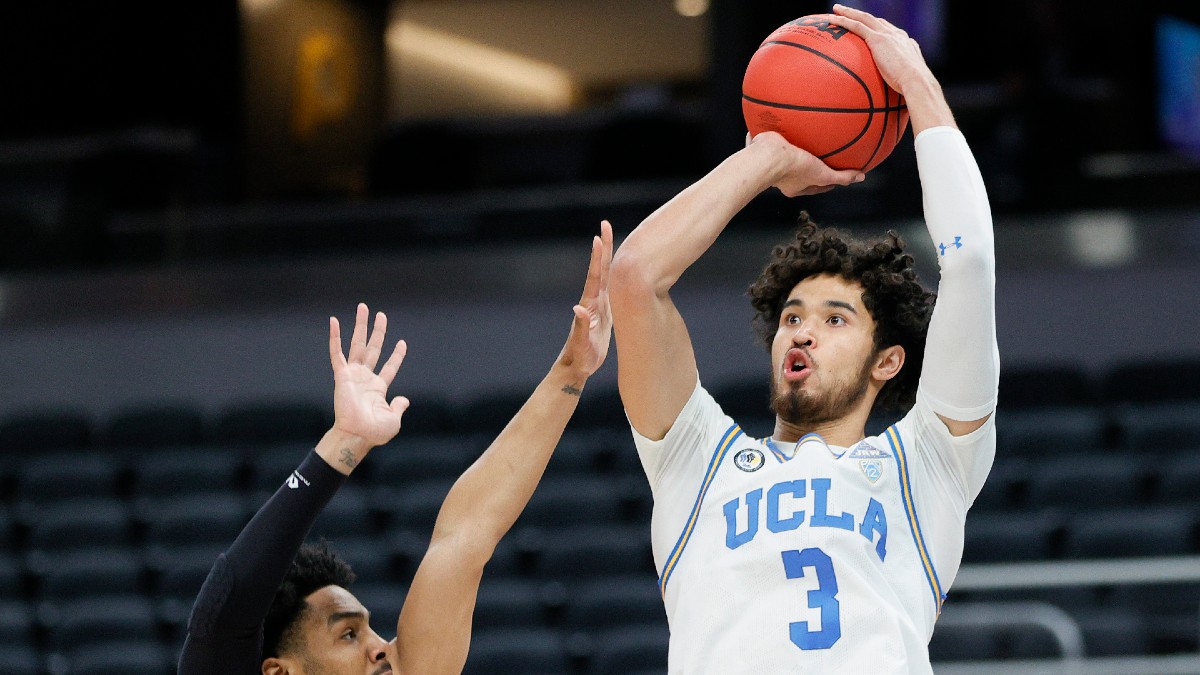
UCLA
The Bruins have benefitted from a bit of luck in the form of cold-shooting opponents. Including UCLA’s win over Michigan State in the First Four, the Bruins have faced 54 attempts from outside the arc, with opponents hitting just 13 of those tries. That’s good for just 24 percent.
The Bruins were particularly lucky facing a BYU team that shot 39.8 percent in WCC play. The Cougars made just 3-of-17 from distance in the first round, sending BYU back to Provo.
Alabama is the last team you’d want to see with regression set to kick in. Thanks to the modern style of coach Nate Oats, the Tide are in the top 20 in the nation in 3-point rate. Since the start of February, Alabama is averaging 30 long-range attempts per game. If the Tide hit that mark and shoot a high percentage, the Bruins are doomed.
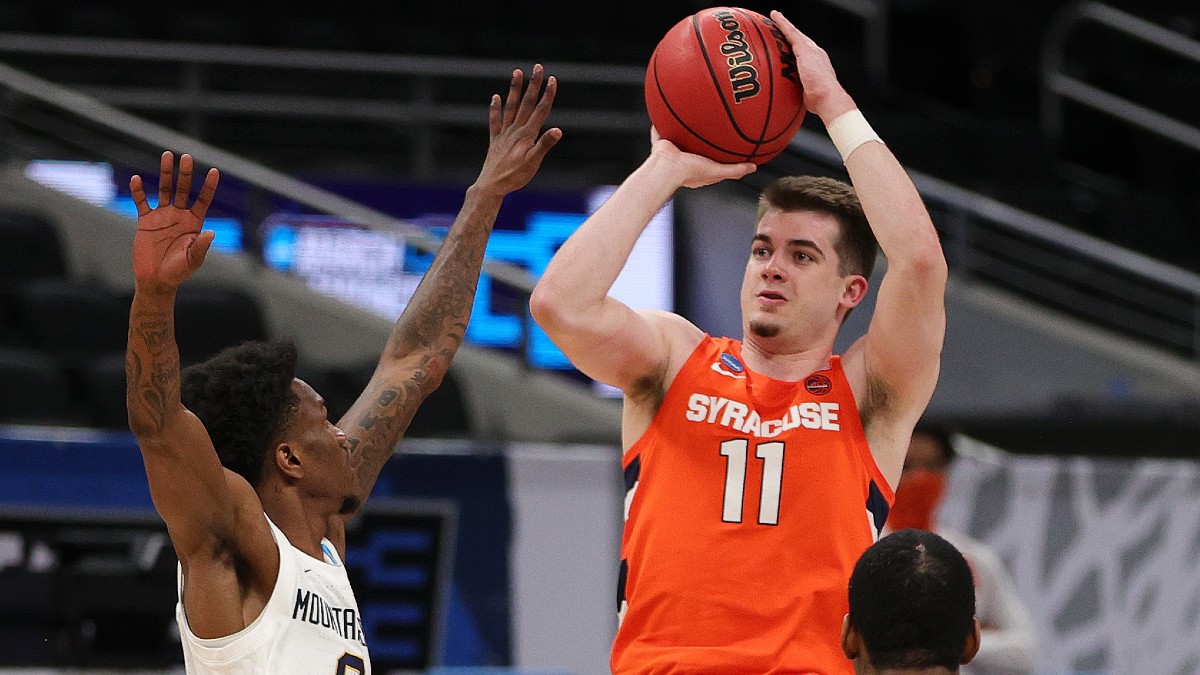
Syracuse
The Orange roster has lots of strong shooters. Despite that, it’s nearly impossible to see Syracuse continuing to shoot as well as it has early in the tournament. In two wins last weekend, the Orange hoisted 58 attempts from beyond the arc, and sank half of those attempts.
After making 35.4 percent of its 3s this season — and 34.6 percent in ACC play — some negative regression by the Orange should be expected. Houston’s defensive intensity should only make that more likely.
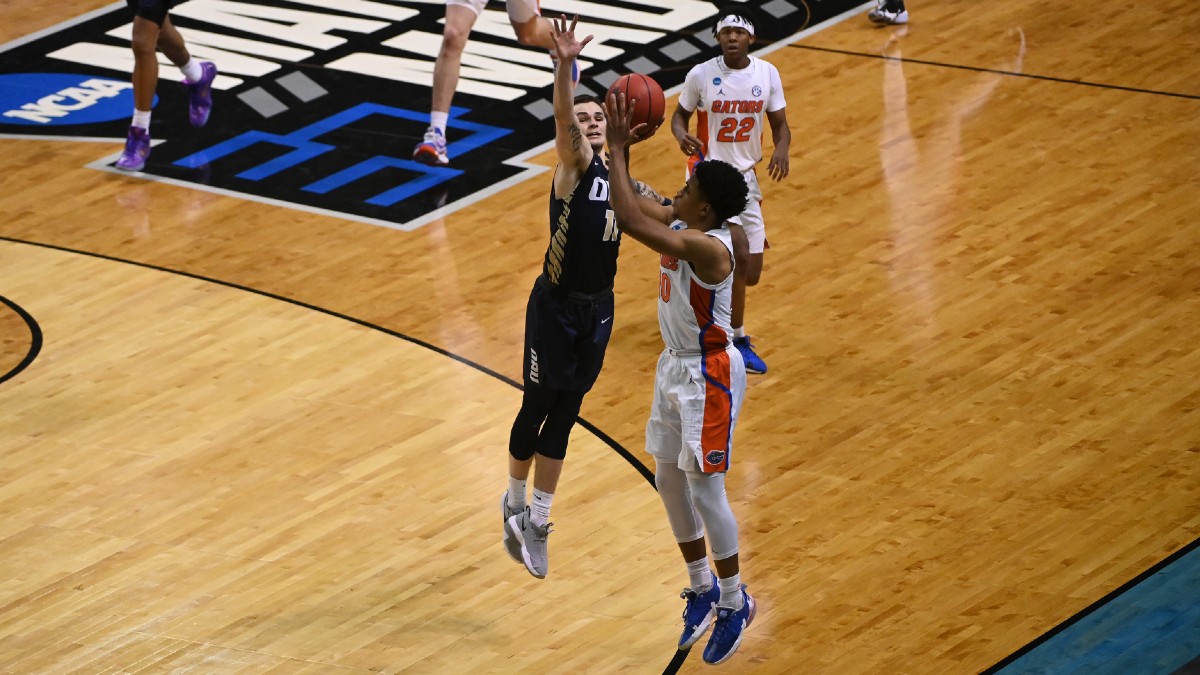
Oral Roberts
The Golden Eagles have advanced with a modicum of luck, mostly on the defensive side of the ball. Oral Roberts’ opponents, Ohio State and Florida, combined to make 27 percent from outside the arc and just 59 percent at the free-throw line.
On the other end of the floor, Oral Roberts has actually pulled off both upsets without shooting up to its full ability. The Golden Eagles hit 38.2 percent from 3-point land this year, but made fewer than 34 percent in both tournament games so far.
If you want to bet Oral Roberts to become the first 15-seed to find its way to the Elite Eight, a hot shooting night would be a welcome sight. If the Golden Eagles could recreate the 16-for-33 shooting performance that kept them competitive with Oklahoma State back in December, they could hang around with or defeat Arkansas.
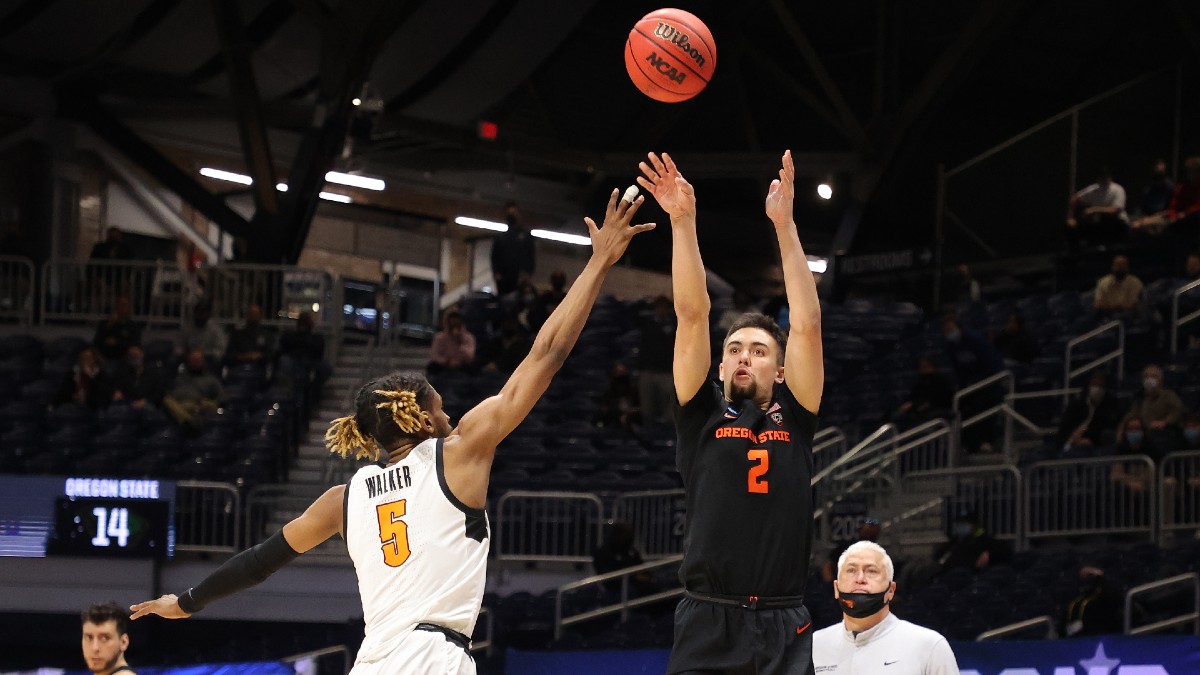
Oregon State
The Beavers’ run that began with the Pac-12 Tournament has been fueled by performances behind the 3-point line on both ends of the floor. Over that five-game winning streak, Oregon State is hitting 42 percent of its 3-pointers on offense. For as well as the Beavers have shot, their opponents have done just the opposite.
The five teams Oregon State has beaten in that stretch — all of which made the NCAA Tournament (four of which won a tournament game) — have combined to shoot 25 percent from outside the arc on nearly 24 attempts per game.
Some of that is the Beavers' defense. Oregon State has allowed opponents to shoot just 30.7 percent from outside the arc this year, among the top-40 defenses in the nation in that metric.
Even the best defenses, however, are susceptible to allowing a hot shooting night. Some 3s are tougher than others, but over the course of a season, most teams are going to balance out near the national average. If Loyola’s motion offense leads to open looks, luck might be on their side against the Beavers. That, or Sister Jean’s prayers are being answered.


